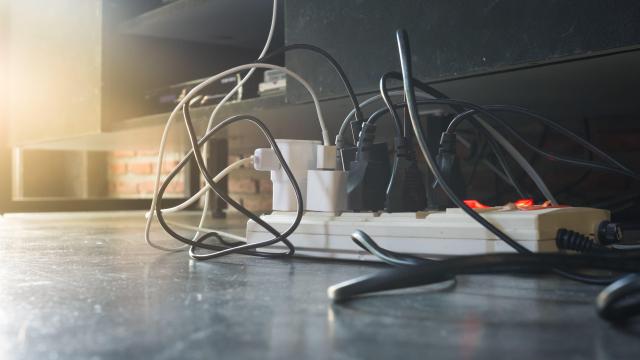When it comes to fire safety, most people tend to fall into one of two categories: Those who are constantly concerned about fire hazards in their own home and any other buildings they enter (at which point they immediately mentally formulate an optimal escape path in the event of an emergency), and those with a general understanding of how fires start and spread, but who don’t tend to spend too much time thinking about it.
Regardless of where you fall on the fire anxiety spectrum, here’s a quick refresher in some of the most common causes of house fires — including ones that aren’t necessarily on your radar.
The most common, but overlooked causes of house fires
In October 2021, the National Fire Protection Association (NFPA) published a report on home structure fires in the United States between 2015 and 2019. Among other data points, it included the top-five most common causes of house fires, by category. In descending order, they are:
- Cooking (behind 49% of house fires)
- Heating equipment (14%)
- Electrical distribution and lighting equipment (9%)
- Intentional (7%)
- Smoking materials (5%)
While these categories are hardly surprising, there are, within each of them, more specific ways that fires start that tend to be overlooked or ignored. Here are a few examples:
Walking away while food is still cooking
One of the reasons kitchen fires happen with such regularity is because many people don’t realise that it doesn’t take much for one to start. When the NFPA looked into what, exactly, was contributing to ignition in cooking fires between 2014 and 2018, the researchers found that the vast majority were caused by unattended cooking, combustibles placed too close to cooking equipment, or equipment that was unintentionally turned on but not turned off.
“It only takes a second for that food to light up, and you have a window of about 30 to 45 seconds before that fire is beyond your control,” Michael Kozo, captain of fire safety at the New York City Fire Department, recently told Consumer Reports. “So you need to be in the kitchen monitoring that at all times.”
Extension cords and power strips
As we explained in a previous article breaking down the differences between power strips, surge protectors, and extension cords, they don’t all have the same functions or capacities. The good news, per the NFPA’s report, is that cords or plugs were involved in only 1% of house fires between 2015 and 2019. The bad news is that they accounted for 7% of the deaths.
The main culprit? The overuse or misuse of extension cords. In many situations, it’s a case of an appliance that heats or cools (i.e. refrigerator, space heater, air conditioning unit, toaster, etc) being plugged into extension cords or power strips, rather that directly into a wall outlet.
As Kozo explained to Consumer Reports, running these appliances on an extension cord increases the risk of overloading the cord’s electrical capacity and causing it to overheat, which could potentially lead to a fire. He recommends relying on extension cords only for the temporary use of low-voltage devices, like charging your phone, or plugging in a TV.
Lithium-ion batteries
Though specific data on lithium-ion batteries weren’t included in NFPA report, Kozo says that they’ve been causing fires in increasing numbers over the past several years. That’s because if the lithium-ion battery powering an electric bike and electric scooter is defective, it can overheat — triggering a chemical reaction, and potentially, a fire.
To prevent that from happening, Kozo recommends only using the battery charger that came with your bike or scooter (or a replacement from the company) instead of a generic one you found online.
Also, only charge it for the recommended amount of time — this is not a case where leaving it charging longer is better. And while it’s tempting to let it charge overnight, Kozo points out that’s not a great idea, because it could cause the battery to overheat. Finally, if it’s possible, charge electric scooters and bikes outdoors.

Leave a Reply
You must be logged in to post a comment.